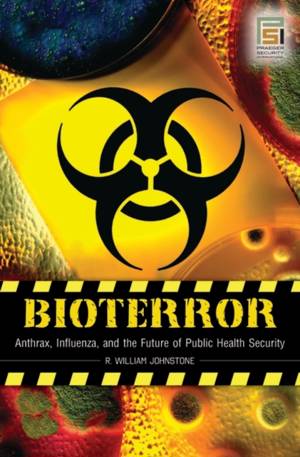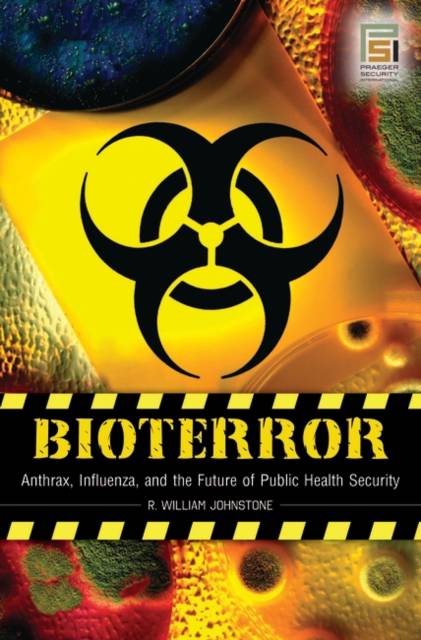
- Afhalen na 1 uur in een winkel met voorraad
- Gratis thuislevering in België vanaf € 30
- Ruim aanbod met 7 miljoen producten
- Afhalen na 1 uur in een winkel met voorraad
- Gratis thuislevering in België vanaf € 30
- Ruim aanbod met 7 miljoen producten
Omschrijving
This book uses the 2001 anthrax attacks as its point of departure for an analysis of the past, present, and future of America's preparedness to deal with major challenges to public health, including bioterrorism and pandemic flu. The study identified the strength and weaknesses of the system while making recommendations for improvements. This allows the U.S. to be better prepared if faced with a larger or different biological threat. This book looks for linkages not only between bioterrorists and pandemic defenses, but also between public health security and the wider field of homeland security. Johnstone highlights some key foundation plans and strategies that are to serve as a basis for public health security. Failure to address these crucial issues not only creates unfounded mandates but also inhibits priority setting, leadership, and accountablity.
Bioterror: Anthrax, Influenza, and the Future of Public Health Security utilizes a large number of sources from within both the public health and public policy communities to document how each sector responded to the anthrax attacks and re-emergent infectious diseases, and how those responses have evolved to the present day, As with other areas of homeland security, sustained progress in public health security is not likely until basic questions about funding priorities and leadership are successfully addressed. In the response to the only mass casualty event in the United States since 2001, Hurricane Katrina, and in various emergency simulation exercises such as TOPOFF series, major performance deficiencies have been observed. This book brings together a variety of sources, the best available evidence on the status of the public health security system at three distinct points: before 2001; during and immediately after the anthrax attacks; and in the period from 2004 to the present.Specificaties
Betrokkenen
- Auteur(s):
- Uitgeverij:
Inhoud
- Aantal bladzijden:
- 232
- Taal:
- Engels
- Reeks:
Eigenschappen
- Productcode (EAN):
- 9780275993269
- Verschijningsdatum:
- 1/09/2008
- Uitvoering:
- Hardcover
- Formaat:
- Genaaid
- Afmetingen:
- 155 mm x 236 mm
- Gewicht:
- 498 g

Alleen bij Standaard Boekhandel
Beoordelingen
We publiceren alleen reviews die voldoen aan de voorwaarden voor reviews. Bekijk onze voorwaarden voor reviews.











